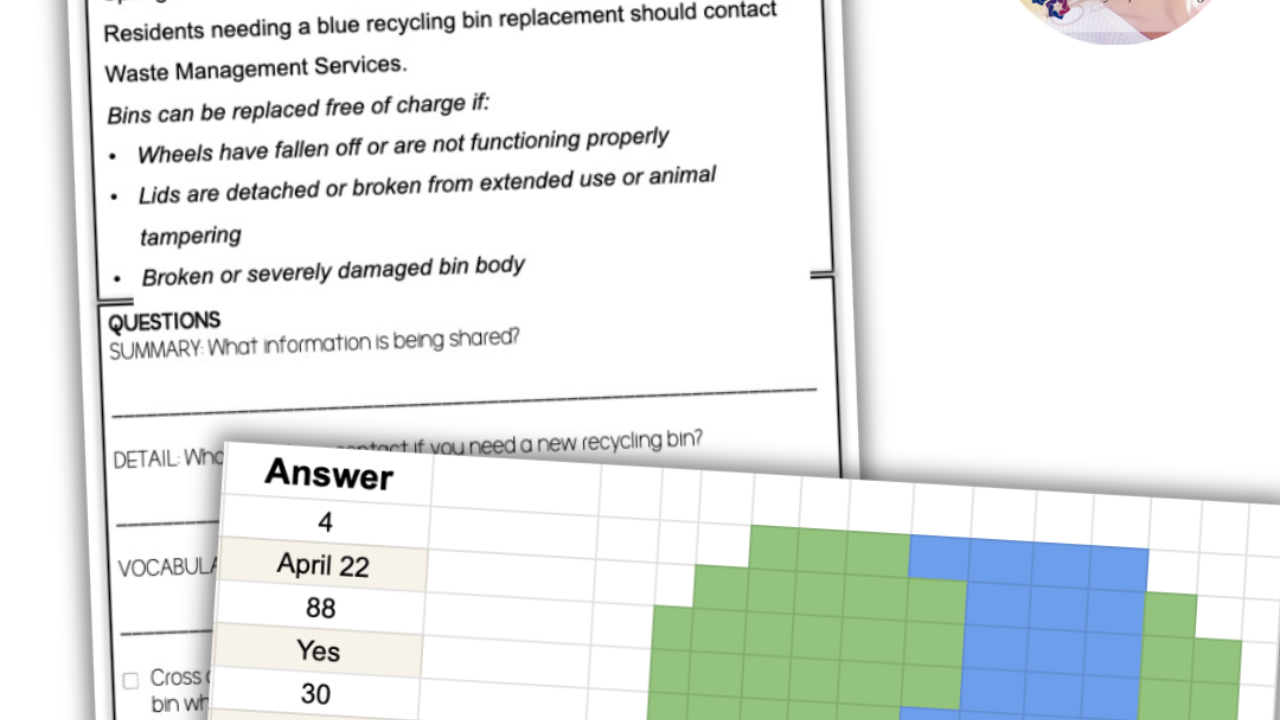How To Teach: Picking and Putting on Clothes
Aug 23, 2021
Importance of Getting Dressed
It is a social norm for humans to put clothes on to keep their body private, to protect it from the weather, to allow it the ability to move as needed, and to serve as a non-verbal cue to others how they can serve you (work uniform). Therefore, knowing WHAT to wear when getting dressed is an important part of daily life.
-What clothes to wear everyday
-Why you should wear clean clothes
-When to change clothes
-Temperature impacts length of clothes (sleeves/pants)
-Clothes for different activities (exercising, work, etc)
-How clothes can impact how you feel (hot, then take off the coat)
-How to don/doff clothes
Why Focus On These Skills
Naturally, students will have preferences in what clothes they want to dress in and why. Unfortunately, these may not always align to the environment or task they are doing. Students may need to be explicitly taught that their uniform (albeit uncomfortable) is an expectation of working at the company. They may also need assistance realizing when they wear their winter coat inside a heated place that they may begin to feel hot and that they should take the coat off (and not rely on a prompt from someone else).
When To Teach
This is important to teach when reviewing other topics related to the body and cleanliness. Therefore, teaching about getting dressed around the time you address showering or toileting would be appropriate. Students should start to associate a clean body and clean clothes together.
I’ve created a complete lesson unit of materials for teaching this topic. The materials are comprehensive (5 full lessons) and most appropriate for life skill lessons at the middle school, high school and transition level students. Below are some lesson unit highlights!
Students will identify what clothes to wear based on the temperature.
Students will identify what clothes to wear based on the setting.
Students will identify what clothes to wear everyday and sometimes.
Lesson Vocabulary
Always, higher, long, lower, pants, short, sleeves, sometimes, temperature, underwear
-
Pre and Post assessment
-
1 page narrative explaining the skill with and without visual text supports (to incorporate functional reading)
-
5 skill practice activities to learn and/or reinforce the focus skills
-
Game for students to practice their skills (because learning is fun)
-
Boom Cards for practice or assessment
-
Student learning reflection worksheet (thumbs up or down)
-
Encouraging on-topic quotes (use as a classroom poster or starter for each class period)
-
5 strategies for success (tips for being successful with the focus skills)
-
Coloring page with on-topic graphics
-
Skill mastery certificate for positive recognition and reinforcement
-
Data collection sheet on specific focus skills
-
Homework sheet to encourage students to practice the skill outside of the school setting
-
Word search of key vocabulary terms
-
Visuals for focus skills with age appropriate colors and graphics
Ultimate Goal
Picking out and putting on the most appropriate clothes is the ultimate goal. This can foster independence, less responsibility on a caregiver, and can contribute to positive relationships with others.
Links to Curriculum


















